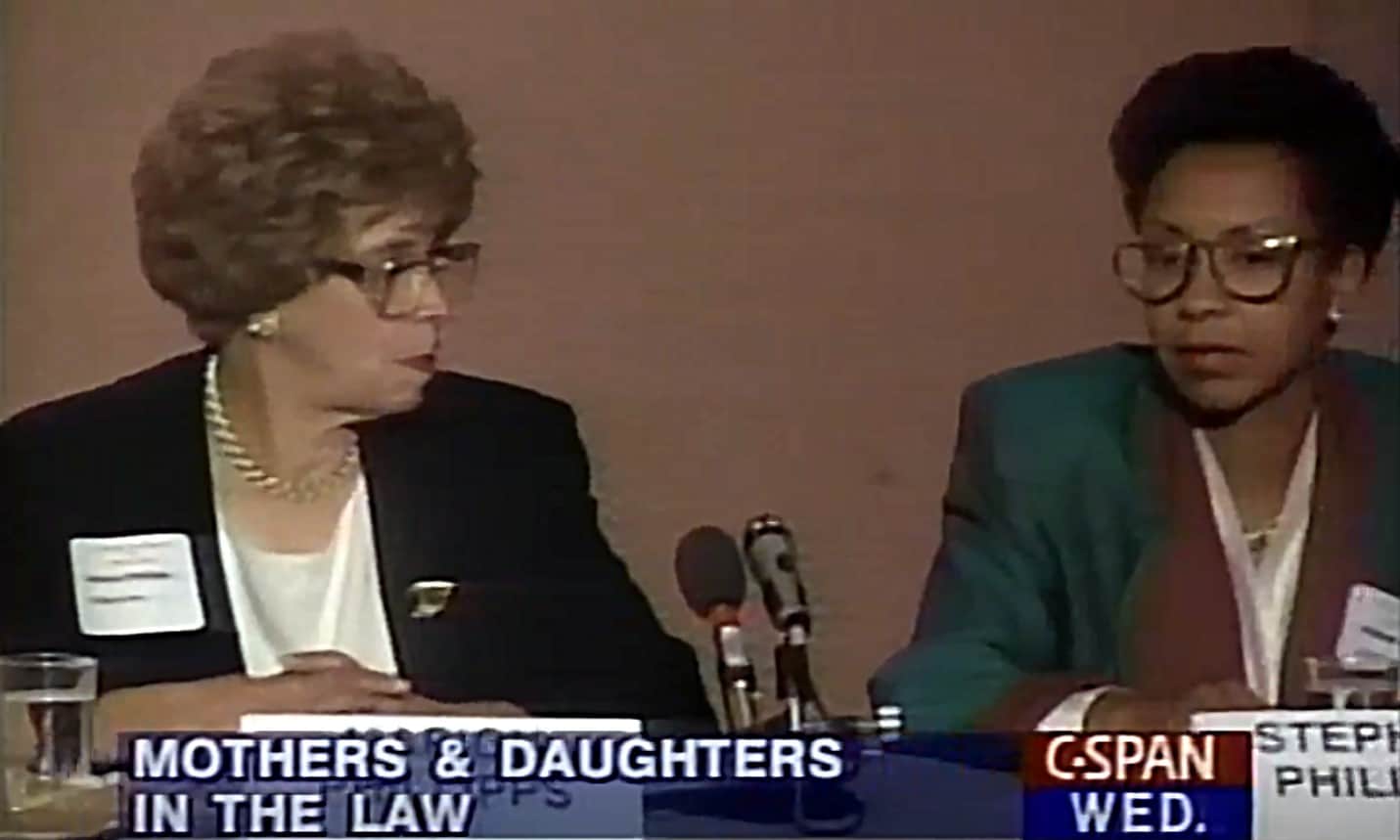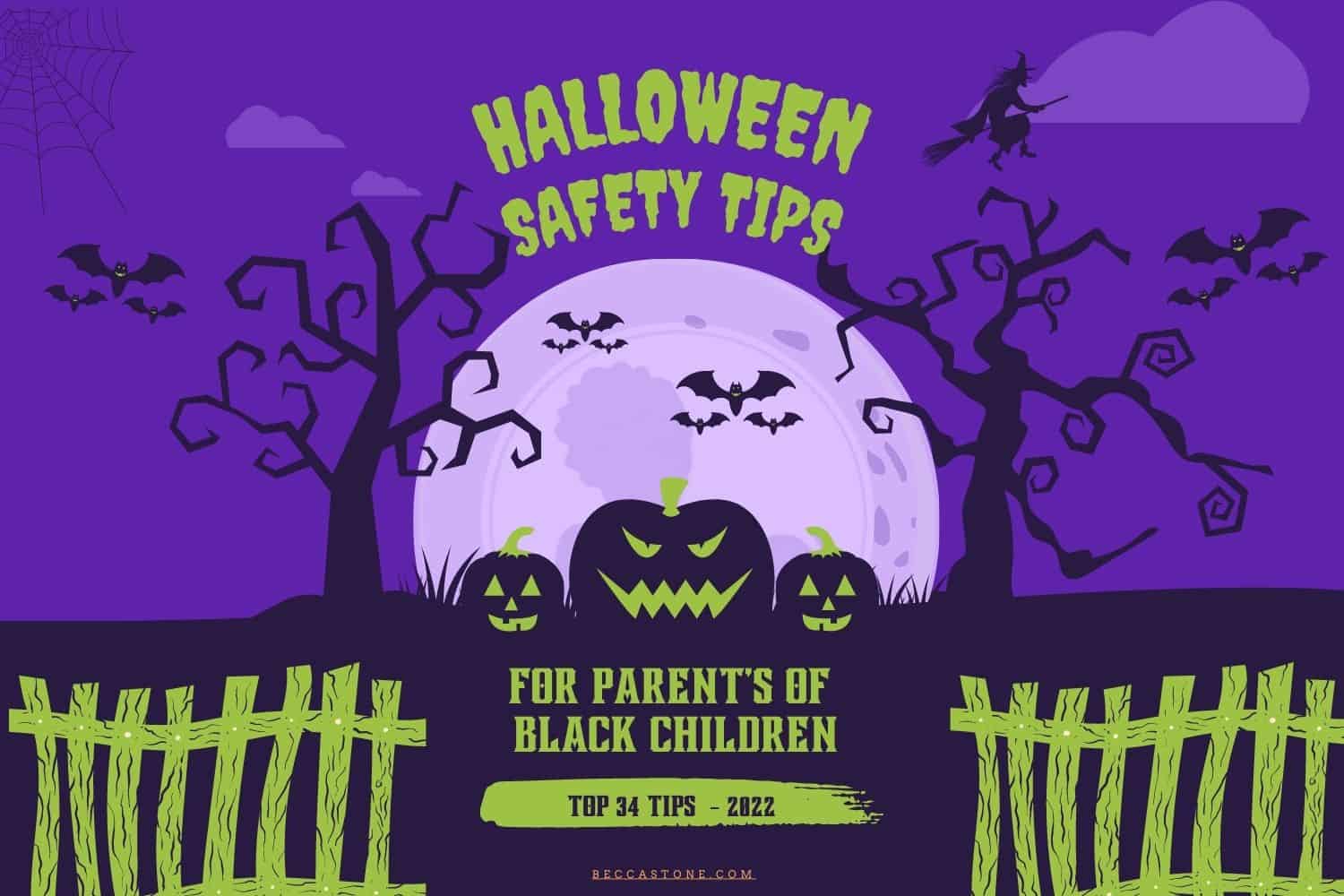Your child puts one of the latest video games at the top of her Christmas list. Or your child wants to use his Christmas money to buy a favorite video game. Do you know what the game is about and what happens in the game? Do you preview the game before you purchase it or you let your child purchase it?
According to many who have spoken out in the wake of the Newtown tragedy, it is probably a good idea to do some homework on video games before they are purchased. Look at the labels, check reviews, and find out what the goals and objectives of the game are. While experts have stopped short of saying that violent video games “cause” kids or adults to engage in more violent behavior, there is growing evidence that violent games can desensitize kids to violence; make violence seem “rewarding” and “fun”; and create the illusion that violence has no permanent consequences. After all, video game characters or players who “die” in one game come back to play in the next.
According to Beccastone contributor and child psychiatrist Dr. Bethanne Moore, “Engaging in play with violent and sexually inappropriate video games may support development of violent ideas and preoccupations with assault and homicide. When children demonstrate obsessive thoughts with violent video games, they often develop social isolation, declining school performance, and impaired family interaction. All of these things can lead to other problems.” Similarly, the American Academy of Child and Adolescent Psychiatry notes on its website that spending excessive amounts of time playing violent videogames can “lead to poor social skills; time away from family time, school-work, and other hobbies; lower grades and reading less; exercising less, and becoming overweight; and aggressive thoughts and behaviors.”
Digital entrepreneur Josh Sinel, currently working to launch a new kind of virtual world for kids, observes that “The current gaming landscape for kids is at best entertaining; sometimes violent, not typically age appropriate and rarely provides an experience that delivers children an engaging, positive and beneficial experience. This is too bad because gaming inside of virtual worlds can have potential positive effects such as helping kids develop problem solving and reasoning skills, and sharpen their memory and judgment.”
After Newtown, there is a lot of talk about what official action should be taken, including whether there should be limits on availability of violent video games aimed at kids. But as government officials sort out what can be done that would be effective to prevent other tragedies, parents looking for guidance on how to evaluate the age appropriateness and educational level of specific video games can go to Common Sense Media. This is a non-profit organization that provides many useful resources for parents, educators and others on kids and new technology. The organization’s website reviews video games and other media, including movies, books, mobile apps, and television shows, for their suitability for children. Parents can use the information to determine whether their child’s latest “wish list” of video games or other digital media is something they should allow or encourage.
The American Academy of Child and Adolescent Psychiatry has also published a set of tips for parents. Among other things, the Academy recommends that in addition to checking a game’s rating, parents should set clear rules about game content and playing time both in and outside the home and talk with other parents about their family’s video game rules. Check out Children and Video Games: Playing with Violence to see the effects of video games on children.







Share your thoughts